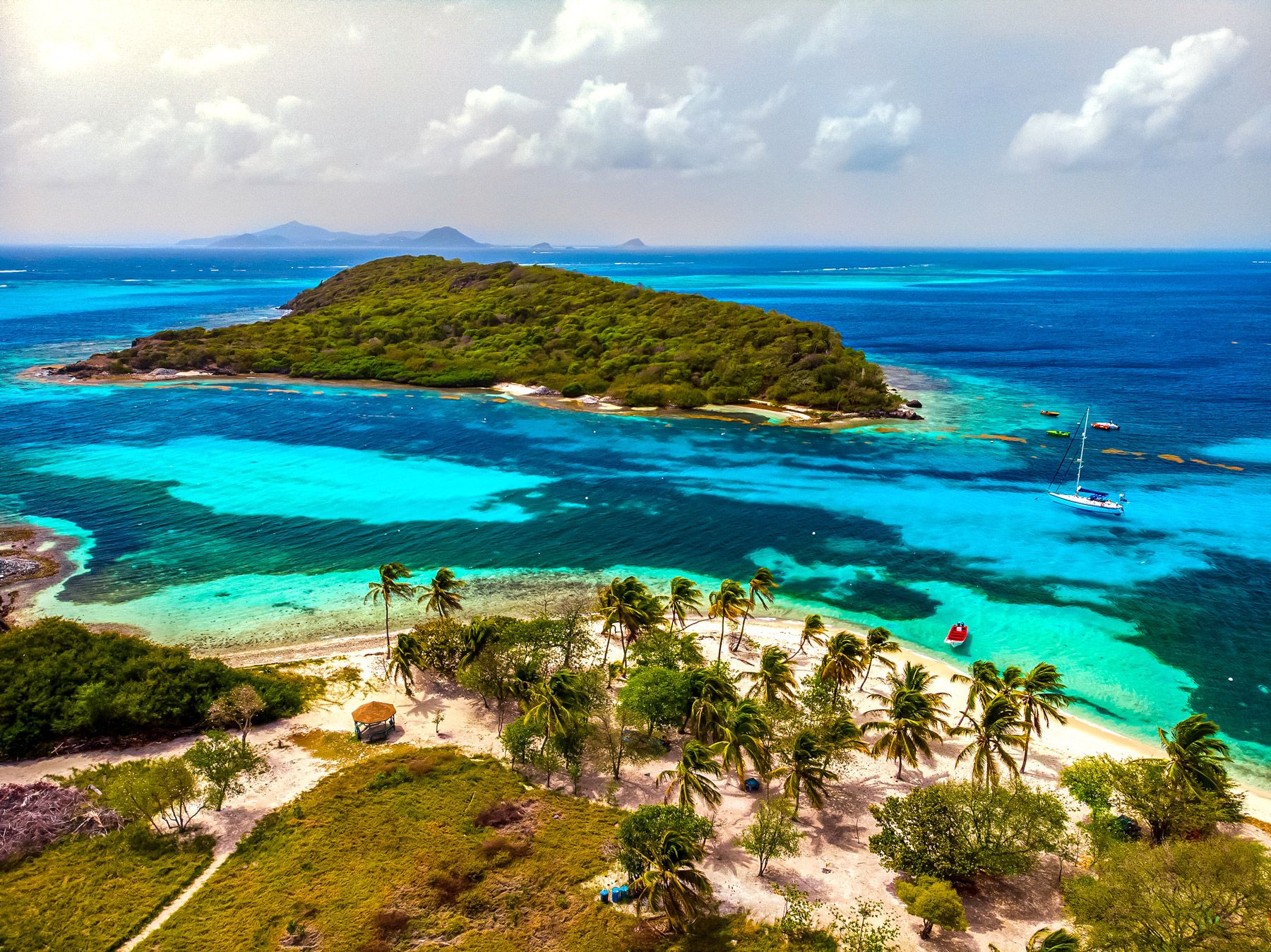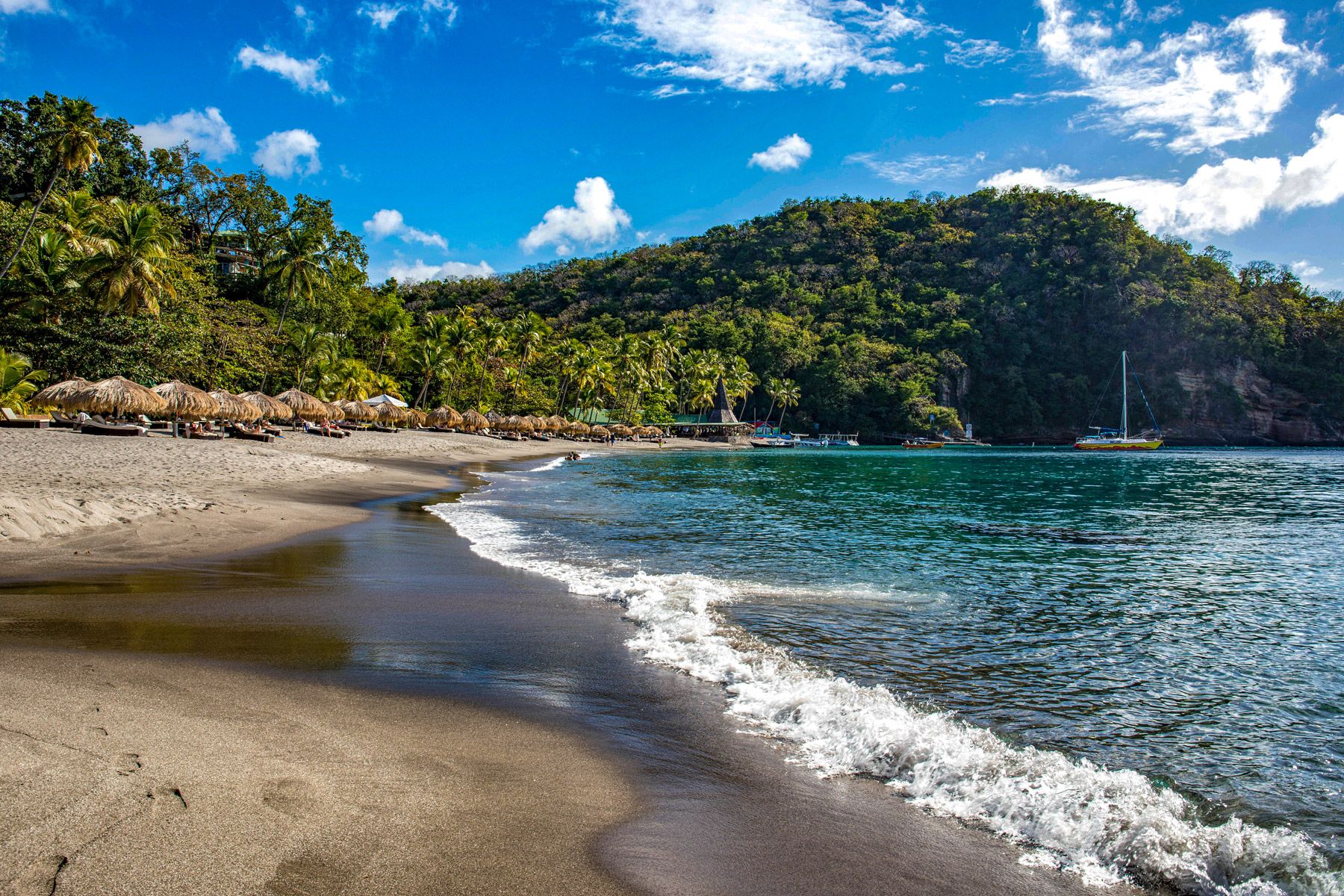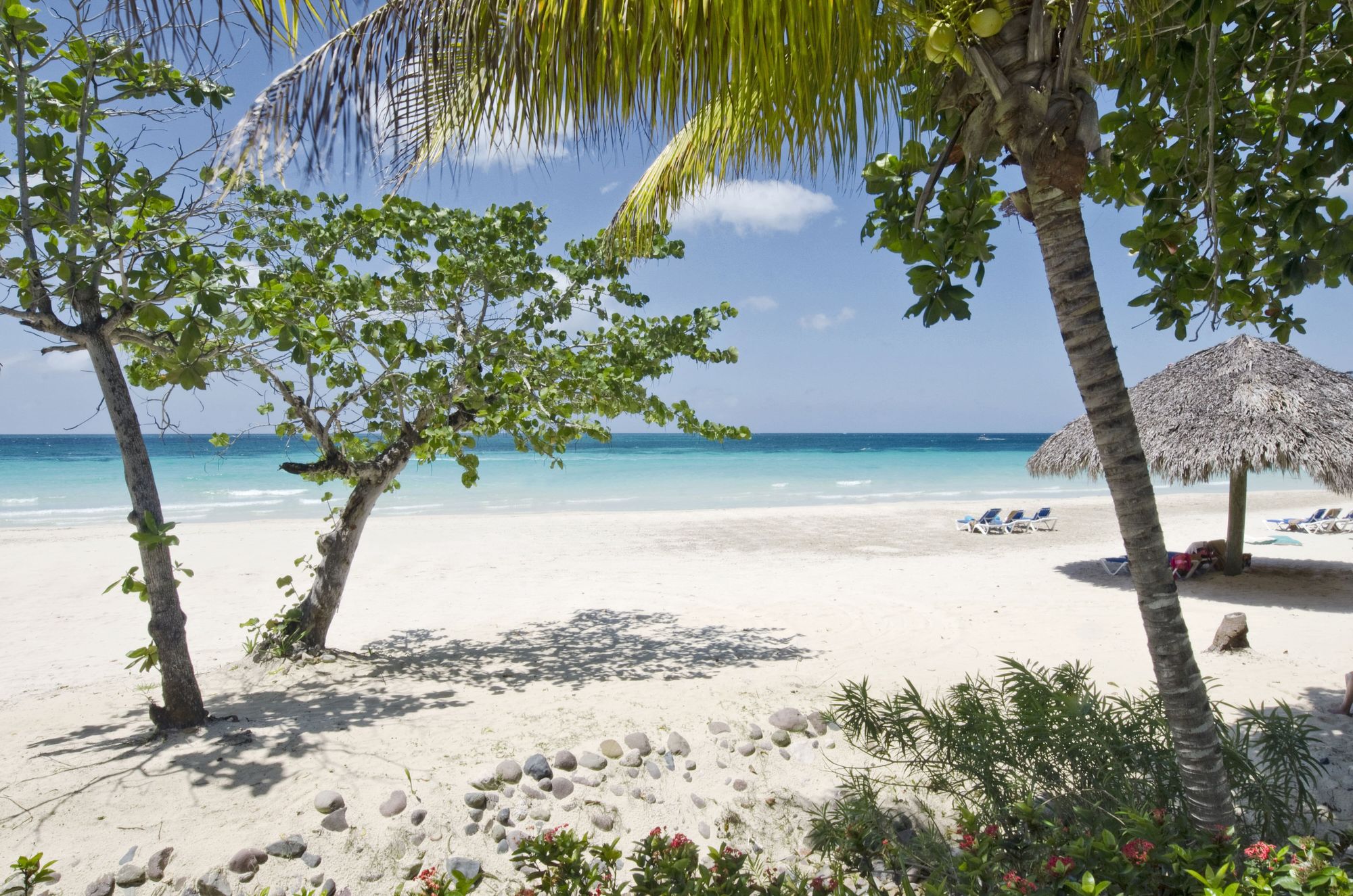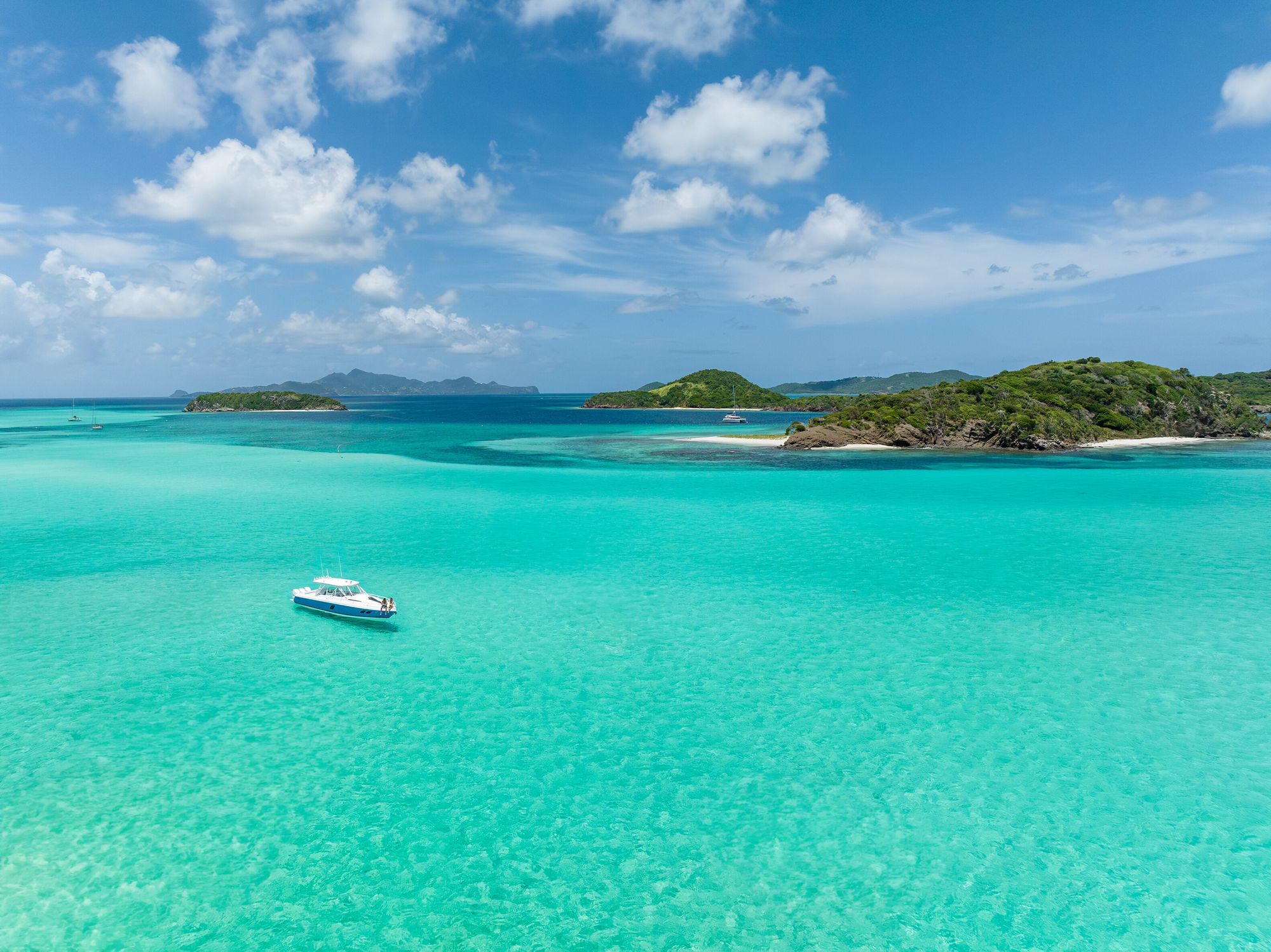Amazing Snorkeling Tips For Beginners That Will Make You Look Like a Pro
The life changing magic of snorkeling is second to none. When it comes to exploring the depths of the undersea with a diving mask and a snorkel, there’s a lot you need to know. Read on as we attempt to answer all your burning questions about snorkeling – from how to prepare for your under-water expedition, to how to defog your mask.
If you’re ready to dive in, here’s what you need to know…
In this article on the Sandals Blog:
Why snorkeling is simply amazing.
Before getting in for the first time…
Snorkeling equipment.
The five best snorkeling tips.
Dos and Don’ts for first time snorkelers.
Safety precautions for snorkeling.
Boat or no boat?
Best snorkeling destinations in the Caribbean.
Eliminate the fear.
Why snorkeling is simply amazing
Snorkeling is a chance for the adventurous traveler to become one with nature. It is an opportunity to witness firsthand the mystical wonders of the sea.
"Often snorkeling is a first peek into the underwater world. This is where people learn to enjoy live beneath the surface of the sea and become one with it."
Places like the Caribbean are famous for their versions of undersea adventures that can be both intimidating and majestic. In the Caribbean, activities like scuba diving and snorkeling allow for optimal discovery opportunities.
Snorkeling is often promoted as the simpler of the two, and for that reason it is the go-to activity for most beach vacationers.
Before getting your swim fin moonwalk on…
Keep in mind that most people require practice before setting out on a snorkeling expedition. Expect a safety session if you sign up with a diving company or resort.
Do a practice dive. This is highly recommended as it is a chance to get familiar with snorkeling gear, practice breathing techniques, and get comfortable in the water.
"Most people are not used to breathing through the mouth and so it takes some time for them to get comfortable."
Ensure you have the right gear. Styles, sizes and prices are all things to consider when getting snorkeling gear. It is also important to decide whether you want to invest in your own equipment or rent some out for the day.
Choose a location. Several factors are important when selecting a location. Choose one that matches your level of experience and inquire about regular sea life sightings in that area before making a commitment. Understand that the day you choose may not be the best day for sightings. Nevertheless, you’re bound to spot something exciting!
Snorkeling equipment: What you need and what you don’t
Expert tip: Get your snorkeling equipment ahead of time to ensure you find the right fit!
Getting mentally prepared and ensuring you have all requisite equipment are the first two steps to an amazing snorkeling experience. Personal items can enrich the experience but can also weigh you down. Remember, take only essentials on the trip as valuables can be lost or stolen. Here’s a list of the equipment and terminologies you’ll need to get familiar with before setting out:
Diving mask / goggles – These are essential, and they’re going to take a bit of getting used to. Snorkeling / diving masks keep the water out of your eyes and ensure you can see the wonderful wild life under the waves.
Swim Fins – Fins are useful as they help you conserve energy and swim fast. Fins will also come in handy if you find yourself swimming against a current. For these reasons, they’re worth investing in or renting out.
Wet suit / dive skin – Ideal for warmth or protection, especially in cooler waters. These come in various sizes (shortie or full length).
Booties – These are great for protecting your feet during underwater expeditions like scuba diving and snorkeling.
"Try the equipment on prior to going out for fit and comfort, and wear sunblock. Wearing a rash guard will protect your skin too."
Flotation device – A flotation device like an inflatable snorkeling vest is recommended for added safety. Ensure you have one that inflates or deflates easily.
Snorkel Keeper – The snorkel keep fastens the diving mask to the snorkel and keeps the two safely connected.
Snorkel – Shaped breathing tube to ensure you can stay under water long enough to take in the sights!
Dry Snorkel – Specialized breathing tube that prevents water from getting in. The sole purpose of a dry snorkel is to prevent water from getting into the snorkel itself. It is not intended to allow you to breathe underwater like a scuba tank.
Purge valve – The purge valve contained within a snorkel makes it easier for water that enters the snorkel to drain back out.
The five best snorkeling tips: All it takes is a few simple tips to be snorkeling like a pro!
1. Find the perfect fit for your mask
First things first – fit the mask over your eyes and strap the elastic over your head. Make sure there are no twists and that the straps are flat above your ears. Don’t wear your mask strap at the base of your head as the mask can slip out of place and cause water to seep in. The mask strap should fit snugly around the widest area of your head. This is one of the most important tips for snorkeling to remember.
There are ways to ensure your mask fits your face properly before heading out. Press the mask to your face and breathe in through your nose slightly. If the mask fits snuggly to your face once you let go, that’s a sure sign you’ve found the right size, but don’t fasten it too tightly to your face either.
A mask that is too tight can cause a headache, or general discomfort, and besides, the pressure on the mask once you hit the water helps it to stay in place. Keep in mind that mustaches and hair can also get in the way of proper fitting of a snorkeling mask. Brush your hair away and out of your face to avoid leakages, which can be slow and steady. The ‘mask test’ is important because it helps to ensure water will not leak in while you’re snorkeling.
2. Defog your mask with baby shampoo or defogging gel
Defogging your mask is perhaps the single most important skill to know as a beginner – the condition of your mask can make or break your experience. Most skilled snorkelers recommend baby shampoo as a defogging solution. There are also gels which are often sold at resort or dive shops which work well to keep your mask from getting fogged up. Remember, when snorkeling, optimum visibility is key. Defogging solutions work by creating a layer between the air moisture in your mask (your breath) and the glass of the mask itself.
3. Get excess water out of your mask when needed
One of the most important things to learn about snorkeling is how to get water out of your mask. It is better to learn this before getting into the water. There are various techniques to keep your snorkeling mask from getting filled with water, although it is completely possible to clear the excess water from your mask under water if you wish. Remember, if your mask fills up with water, don’t panic. You can always surface to get the water out.
If you’re in a situation where you’ve spotted something amazing and don’t want to risk losing sight of it, you’ll need to learn how to quickly clear your mask under water. To get the water out, pull the bottom of the mask away from your face and blow outward. Keep your breathing normal, make sure you’re comfortable and relax. Before you submerge again, check if your mask is leaking. Always make sure that your mask is fitted properly!
4. Preserve energy with full-foot fins
There’s no question that fins add to under water mobility making the experience a more dynamic one. Newbie snorkelers will find themselves having to choose from full-foot or adjustable fins. Full-foot fins are often the recommended choice for beginners; ensure you find the right fit before you set out. Steer clear from fins that are too tight, too loose, or too painful.
Once your fins are on securely, slide into the shallow end of your practice pool, or do the ‘moon walk’ carefully across the sand into the ocean to an area where water is waist deep. It’s always a good idea to go for a trial run before making the rounds underwater.
5. Take deep focused breaths to help yourself relax
Deep breathing is the key to life… or at least it is when scuba diving or snorkeling. Breathing can be limited through a snorkeling tube, so it’s important to take deep focused breaths, which can help you relax.
Dos and Don’ts for first time snorkelers
-
Don’t touch the coral. Coral is a living organism – don’t stand on them, and try to look down while you’re trashing about to stay afloat to ensure you’re not kicking anything you shouldn’t be. Also, try to avoid standing on any rocks. What you perceive as a rock, may actually be a vulnerable underwater organism.
-
Use biodegradable sunscreen – it’s better for the eco system. The National Centers for Coastal Ocean Science have listed oxybenzone and octinoxate, two ingredients commonly found in sunscreen, as harmful to coral reefs. Sun screen chemicals such as these can contribute to coral bleaching. Other potentially harmful ingredients to watch out for are PABA, octocrylene, avobenzone, homosalate, 4-methylbenzylidene camphor or butylparaben (a preservative). In general, steer clear from sunscreens which contain oils and potentially harmful chemicals.
-
Don’t interfere with the sea creatures or other marine life as this could be hazardous. Some species are poisonous, and some may react defensively causing injury to you, or to themselves.
-
Respect other people’s personal space – even underwater. As excited as you may be, and as much as you might want to reach out to the person next to you to ensure they see the spectacular lion fish just sailing by, not everyone appreciates the intrusion.
-
Don’t feed the fish – they’re quite alright without your help. Doing so can throw off the natural balance of things. To share is to care, but interfering can cause problems in the long run.
-
Practice reef etiquette. Snorkeling is great for acquiring knowledge on marine life, so take in the sights and sounds. Make mental notes for later.
-
Don’t take anything home with you – that goes for starfish, sand dollars, coral fragment (even if they appear dead), sea urchins or shells. It is illegal in some places to acquire conch or lobster while diving. Penalties are stiff for people caught doing so, so avoid this at all costs.
Safety precautions for snorkeling
Important: Accidents are avoidable if you stay alert and informed.
It can be hard to find accurate tips for snorkeling that don’t scare you out of getting into the water, but it is important to be informed. Most of the dangers of snorkeling have to do with people not following the rules. This can be you, or others around you, but it pays to stay alert.
"Always wear a life vest, listen to your guide, and you will have an awesome time."
Pay attention – Photos and videos are all well and good, but try to avoid doing this during safety instruction sessions. It is important to create memories but it is more critical to be safe.
Use safety equipment – It is highly recommended that snorkelers use floatation devices. Inflatable vests for example, aren’t only for people who don’t know how to swim – they can save your life if you get tired. Some vests come with features that allow them to be inflated by mouth for added buoyancy. There is also a release valve which allows snorkelers to dive to the bottom to get a closer look at fish and other marine life.
Never snorkel alone – Having a partner is recommended for beginners, and even advanced snorkelers. A snorkeling buddy enriches the experience – they’re also right next to you if something goes wrong.
Look but don’t touch – Think of your experience as a virtual tour. Don’t touch the marine life, and definitely don’t try to take anything home with you.
No sinking, swimming only – Basic but formal swimming lessons may be necessary to make the most of your snorkeling experience. Floatation devices like inflatable vests are recommended. Water noodles can also be a fun floatation device for snorkeling in an informal setting.
Know your equipment – Practice in a swimming pool if necessary, as practicing beforehand with your equipment helps build up your confidence. If you don’t have access to a pool, somewhere shallow with calm water is good for practice as well.
Weather conditions matter – Check the weather forecast before heading out. Optimal conditions for snorkeling are calm, smooth seas. Keep in mind that as the hours go by, weather patterns may change. Even with sunny predictions, it’s important to check for yourself whether waters are conducive for snorkeling. If you take a break for lunch, ensure that waters are conducive before resuming your snorkeling session.
Know your location – Learn as much as you can about your snorkeling destination. During your snorkeling tour be sure to come up for air frequency to see what’s happening around you. This can also help you keep track of your location as tides can pull you out to sea. Watch your surroundings and ensure there’s not a lot of wave action. Follow all safety regulations, and be vigilant.
Know your limits – Once you get out into the ocean, remember; it’s important not to over extend yourself. It’s a new experience; take it one step at a time. Some first-timers have reported not finishing the snorkeling course as a result of being too overwhelmed. If you are too tired to finish, or just don’t feel comfortable, indicate that to your tour guide. If you’re on a private trip with a snorkeling buddy and feel tired, let them know and make your way back to the boat together.
Undersea dangers – The scariest things to look out for include sharks of barracudas, but depending on the location you choose, it is unlikely you will encounter any of these. Find out more about the commonly spotted wildlife before choosing a location. Other potential dangers include lion fish, an invasive predatory species form the Indo-pacific, and jellyfish. Lion fish are usually harmless and sting only in defensive situations. They can appear scary to first timers, and they have venomous spines which can be dangerous if you get too close. Jellyfish on the other hand travel frequently in schools. Stings can cause small itchy welts. Large jellyfish tend to be more dangerous but are not commonly spotted on snorkeling expeditions.
Secure your belongings – Whether you leave your personal items on a boat or on the beach, ensure your belongings are in good hands. Most resorts will let you leave these in the dive shop, or in a safe location on the boat. It is best to keep valuables at home!
Boat or no boat?
You decide. The pros and cons of boating versus starting off from the beach are important to note.
Boating Pros:
-
Boating plus snorkeling equals twice the fun – you’re not only getting the undersea vantage, but a pretty exciting and scenic boat tour.
-
On the upside, snorkeling by boat is often a better experience because visibility tends to be superior.
-
Out in the open sea, reef and coral formations are often more distinct and there’s wider possibility for the sort of marine life you will encounter.
Boating Cons:
-
It can be difficult to determine the exact location that the company will take you – often this can change depending on how clear the waters are on any given day. Weather can also be an influencing factor.
-
Snorkeling from a boat is often the more expensive option. Aside from equipment rentals, snorkeling from the beach is free.
-
Snorkeling by boat is not often recommended for beginners, although in some instances where pool training is initiated from a resort or dive center, first timers too can be well prepared for a spectacular snorkeling / boating experience.
Bonus: Best snorkeling destinations in the Caribbean
The Caribbean is great for snorkeling. The stillness and serenity one can find there is second to none and snorkeling in the region is wholly rejuvenating. The Caribbean is filled with amazing snorkeling locations. Here are a few that are worth a visit:
Booby Cay – From coast to coast Jamaica is filled with great sights and sounds. The Booby Cay reef complements the island which boasts a seven mile long beach, making for an amazing snorkeling experience. Azure waters, stunning cliff sides, and captivating sea creatures make for an experience like no other. Booby Cay, a small offshore island near Negril, is recommended by USA Today as one of the best spots for snorkel newbies.
Insider tip: Find Booby Cay on a 10 minute boat trip from Sandals Negril (adult only) and Beaches Negril (family friendly).

Tobago Cays – Lots of Caribbean islands have managed to turn snorkeling into big bucks, and St. Vincent and the Grenadines is one of them. St. Vincent and the Grenadines is actually a pretty amazing place for snorkeling. With a sprinkling of islands one can escape to at a moment’s notice, it’s no wonder travelers flock there to take in the experience. The Tobago Cays Marine Park features one of the most popular snorkeling sites with fish plentiful, as well as colorful sponges and other wild life.

Anse Chastanet – St. Lucia is known to be an ideal snorkeling destination, and this reef located in Soufriere in the south of the island is second to none. The shallow end of the Anse Chastanet reef has a depth of 5 to 20-feet, while the deep end measures up to 150-feet! The Piton Wall in Saint Lucia is also a snorkeling site worth exploring for both new and experienced divers.
Regular snorkeling and scuba diving trips to Anse Chastanet are organized from any of the all-inclusive Sandals resorts in Saint Lucia.
The Goulding Cay Reefs – Known for world class snorkeling opportunities, the islands of the Bahamas aim to please. Locations in Nassau, the capital, offer a wide variety of wildlife for persons wishing get at one with nature through a snorkeling experience. The Goulding Cay Reefs near New Providence Island are highly recommended, as are the Rose Island Reefs. These are perfect for tours with a guide, or with a private group.
Check out Sandals Royal Bahamian, our all-inclusive resort in Nassau to learn more.
Eliminate the Fear
There is a sense of fear and anticipation that always comes with trying something new. Accompanied by rushing adrenaline, being overly excited can affect your experience. Skilled snorkelers speak about relaxation being the key to an enjoyable experience – this cannot be discounted. Think about it this way, if you’ve made it to the water and you’ve done your research and asked all the right questions, relax. Taking the snorkeling tips in this article to heart, you will learn how to snorkel in no-time.
Snorkeling in itself is a lot more fun than it is dangerous, and experiencing an undersea perspective different from your own is humbling, to say the least!



